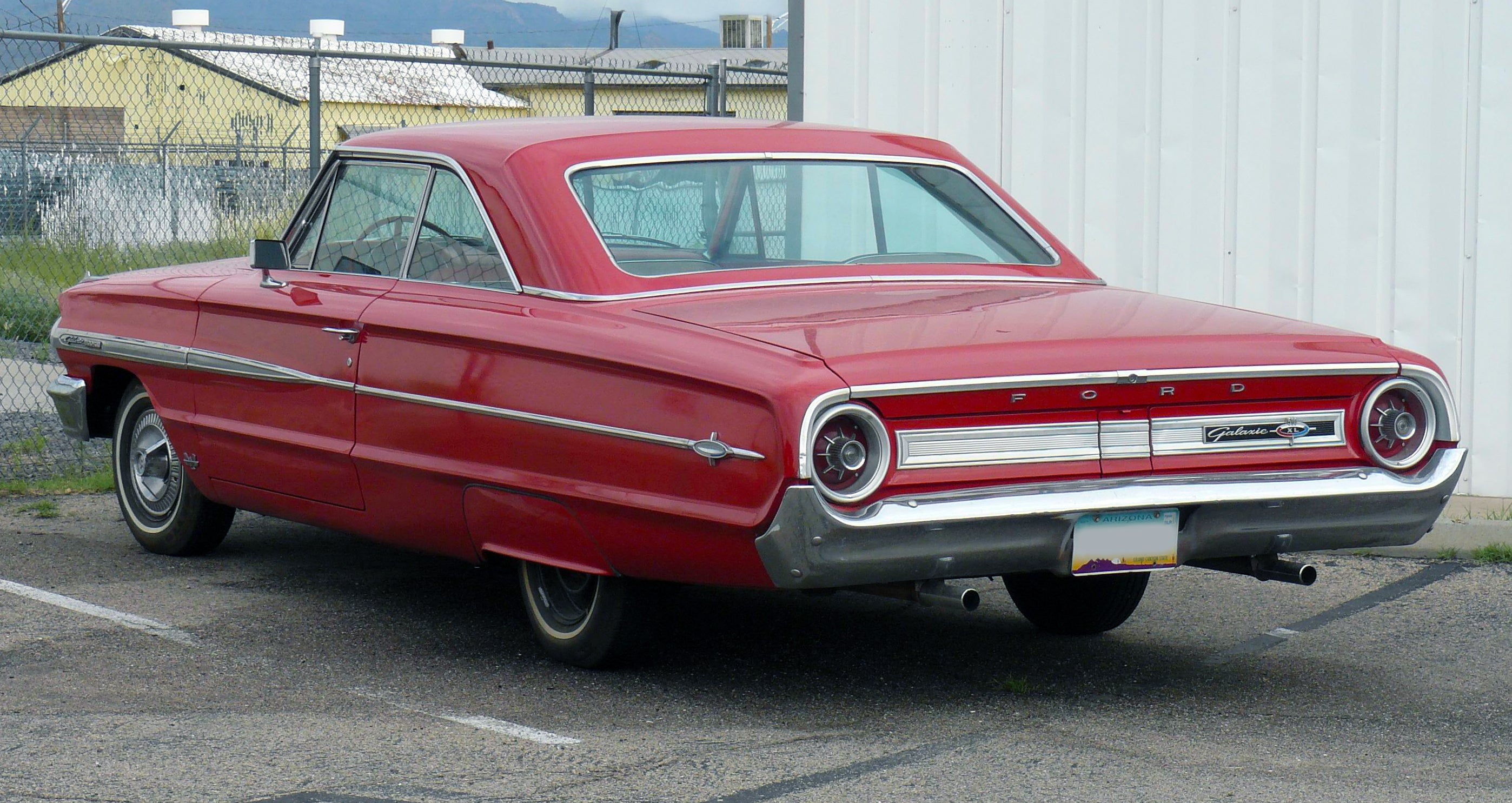Comparing the Classics: 1963 1/2 Ford Galaxie 500 vs. 1964 Ford Galaxie 500

Welcome to Fatman's Garage, where we celebrate the beauty and craftsmanship of classic cars. Today, we're taking a closer look at two iconic American automobiles: the 1963 1/2 Ford Galaxie 500 and the 1964 Ford Galaxie 500. These two cars share a rich heritage but boast some key differences in design, powertrain, and features. So, let's dive in and explore what sets these two classics apart.
Body Style: The 1963 1/2 Ford Galaxie 500 made its mark as a fastback version of the existing Galaxie, offering both a two-door hardtop and a convertible. Ford introduced this model to capture the attention of buyers who sought a more streamlined, sporty design. The 1964 Galaxie 500 expanded on this, offering additional body styles, including a two-door sedan and a four-door sedan, alongside the hardtop and convertible options.
Exterior Design: Ford's design team gave the 1963 1/2 Galaxie 500 a sleeker appearance compared to the standard 1963 model. The fastback design featured a sloping roofline and a new rear window design that accentuated the car's aerodynamics. In contrast, the 1964 Galaxie 500 adopted a more angular, boxier look, with flatter side panels and a more upright windshield.
Interior: While both the 1963 1/2 and 1964 Galaxie 500 models shared similarities in their interior design and features, the 1964 model saw minor updates such as new seat patterns and trim options, providing owners with a refreshed and personalized driving experience.
Powertrain: The 1963 1/2 Galaxie 500 offered a variety of engine options, including the base 289 cubic inch (4.7L) V8, the 352 cubic inch (5.8L) V8, and the high-performance 427 cubic inch (7.0L) V8. In 1964, Ford introduced the new 390 cubic inch (6.4L) V8 to the Galaxie 500 lineup, replacing the 352 V8, while still offering the other engine options for buyers.
Performance: Ford aimed to compete with Chevrolet's Impala SS when they introduced the 1963 1/2 Galaxie 500 Sports Hardtop, which featured improvements in handling and performance. The 1964 Galaxie 500 continued to build on this foundation, offering an optional suspension upgrade that further enhanced the vehicle's handling capabilities.
Model Lineup: The 1963 1/2 Galaxie 500 was available in two trims: the 500 and the 500XL. Ford expanded the lineup for the 1964 model year, adding the base Galaxie, the 500, the 500XL, and the high-performance Galaxie 500 Lightweight. This expansion allowed buyers to choose from a wider range of trim levels and options to suit their preferences.
Conclusion: The 1963 1/2 Ford Galaxie 500 and the 1964 Ford Galaxie 500 both hold a special place in the hearts of classic car enthusiasts. While they share a common lineage, Ford made significant updates and improvements from the 1963 1/2 to the 1964 model year. Whether you prefer the streamlined fastback design of the 1963 1/2 or the more angular and boxy appearance of the 1964 Galaxie 500, both models represent a fascinating chapter in the history of American automobiles. As you admire these beautiful machines, take a moment to appreciate the craftsmanship, innovation, and passion that went into creating these classic cars.




